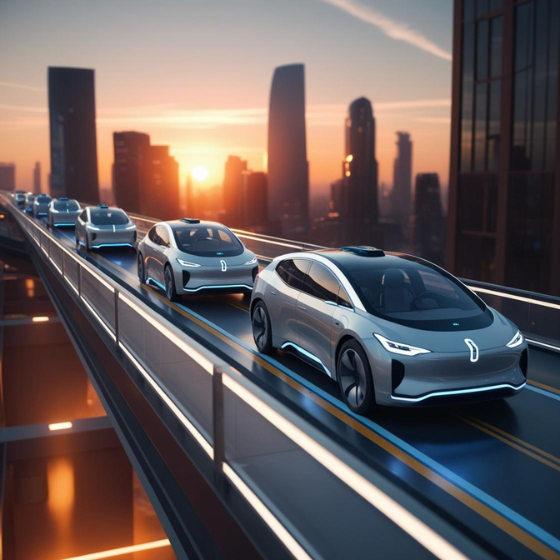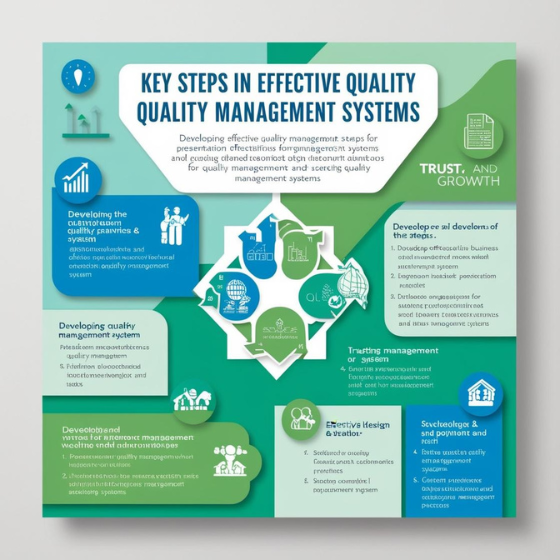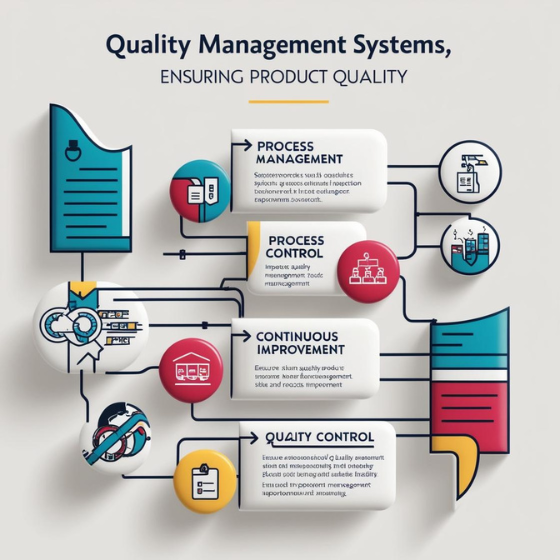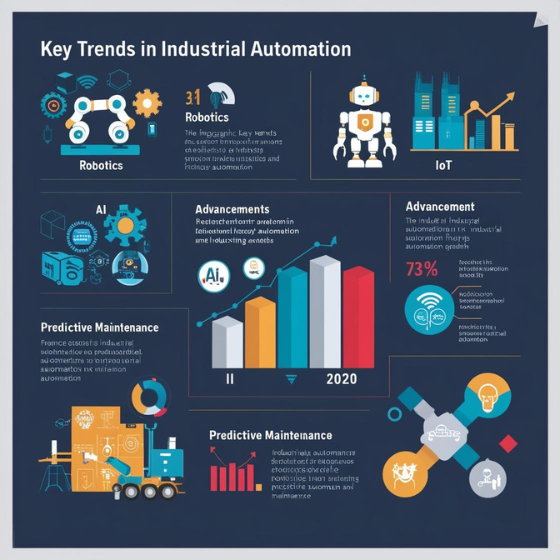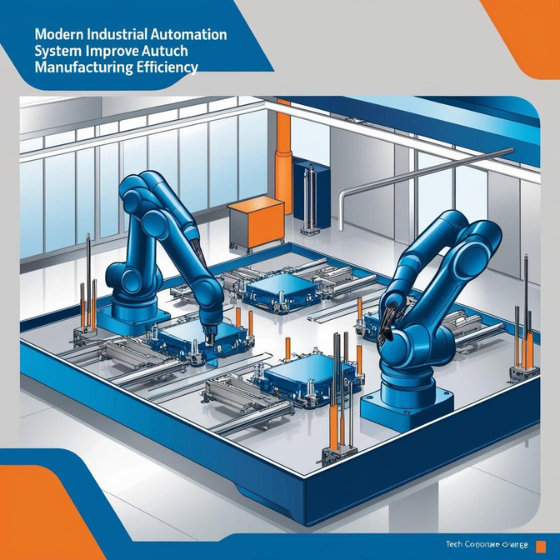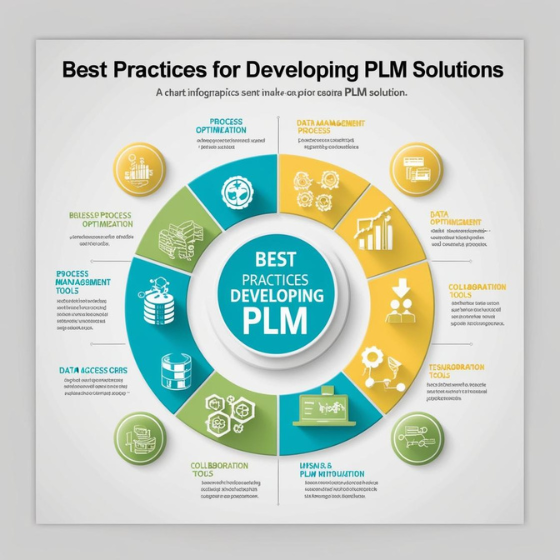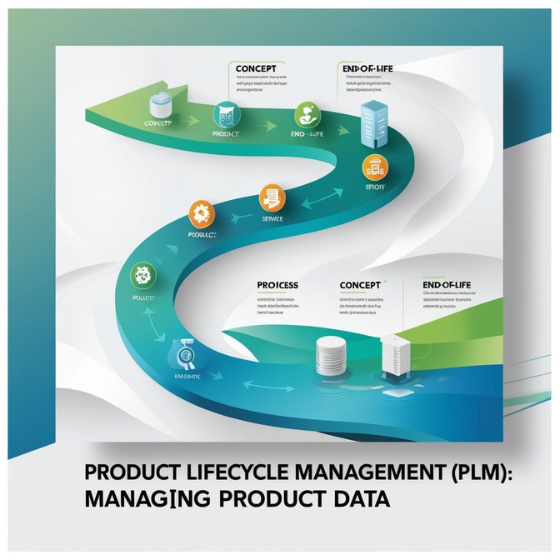Autonomous Driving Systems: The Future of Transportation
Autonomous driving systems, once a concept of science fiction, are now reshaping the future of transportation. These systems leverage cutting-edge technologies like artificial intelligence (AI), machine learning (ML), and advanced sensors to enable vehicles to navigate without human intervention. As we move closer to fully self-driving cars becoming mainstream, it’s essential to understand their transformative potential, challenges, and impact on society.
What Are Autonomous Driving Systems?
Autonomous driving systems refer to the combination of hardware and software that allows vehicles to perceive their surroundings, process information, and make driving decisions independently. These systems are typically categorized into six levels of automation as defined by the Society of Automotive Engineers (SAE):
Levels of Automation:
- Level 0 – No Automation: The driver controls all aspects of the vehicle.
- Level 1 – Driver Assistance: Basic features like cruise control and lane-keeping assist.
- Level 2 – Partial Automation: The system controls acceleration, braking, and steering, but the driver must remain engaged.
- Level 3 – Conditional Automation: The vehicle can perform most tasks, but the driver must intervene when requested.
- Level 4 – High Automation: The car can operate independently in specific conditions or areas.
- Level 5 – Full Automation: No human intervention required in any environment.
Currently, most autonomous driving systems in consumer vehicles operate at Level 2 or 3, but advancements are rapidly propelling us toward Levels 4 and 5.
How Do Autonomous Driving Systems Work?
Autonomous vehicles rely on an array of technologies to ensure safe and efficient operation:
1. Sensors and Cameras
- LIDAR (Light Detection and Ranging): Maps the environment using laser beams for 3D modeling.
- Radar: Detects the speed and distance of objects.
- Cameras: Provide visual information for object detection and recognition.
2. AI and Machine Learning
AI algorithms process sensor data to make real-time driving decisions, such as detecting pedestrians, recognizing traffic signals, and avoiding obstacles.
3. GPS and Mapping
Global Positioning Systems and high-definition maps enable precise navigation and route planning.
4. Connectivity
Vehicle-to-everything (V2X) communication allows cars to interact with other vehicles, infrastructure, and pedestrians to predict and avoid potential hazards.
These components work in tandem to create a comprehensive understanding of the vehicle’s surroundings and ensure safe navigation.
Benefits of Autonomous Driving Systems
Autonomous driving systems promise numerous advantages that could revolutionize transportation:
1. Enhanced Safety
Human error accounts for over 90% of traffic accidents. Autonomous systems eliminate distractions, fatigue, and impaired driving, reducing the likelihood of collisions.
2. Increased Accessibility
Self-driving vehicles can provide mobility solutions for individuals unable to drive, such as the elderly and disabled.
3. Improved Traffic Flow
Connected autonomous vehicles can optimize traffic patterns, reducing congestion and travel times.
4. Environmental Benefits
Efficient driving patterns and reduced idling can lower fuel consumption and emissions, contributing to a greener future.
5. Economic Impact
Autonomous vehicles can boost productivity by allowing commuters to work during travel and reducing costs for industries reliant on transportation, such as logistics.
Challenges in Implementing Autonomous Driving Systems
Despite their promise, autonomous driving systems face significant hurdles:
1. Technological Limitations
Handling unpredictable scenarios, such as sudden weather changes or unusual road conditions, remains a challenge.
2. Regulatory Barriers
Governments worldwide need to establish clear and consistent regulations for autonomous vehicles, covering liability, safety standards, and infrastructure.
3. Ethical Considerations
Programming vehicles to make ethical decisions in critical situations, such as prioritizing pedestrian safety over passenger safety, poses complex moral dilemmas.
4. Public Acceptance
Building trust in autonomous technology is essential. Many people remain skeptical about its reliability and safety.
5. Cybersecurity Risks
Autonomous vehicles are vulnerable to hacking, making robust cybersecurity measures critical.
Industries Driving Autonomous Driving Innovation
1. Automotive
Companies like Tesla, Waymo, and General Motors are at the forefront of developing autonomous vehicles, integrating advanced features into consumer cars.
2. Technology
Tech giants such as Google, Nvidia, and Intel are developing AI-powered systems and chips to support autonomous functionalities.
3. Logistics and Delivery
Autonomous trucks and drones are transforming logistics, enabling faster and more cost-efficient delivery services.
4. Public Transportation
Cities are exploring self-driving buses and shuttles to improve accessibility and reduce congestion.
The Road Ahead
As autonomous driving systems advance, the following trends will shape their future:
1. AI-Driven Improvements
AI will continue to enhance decision-making and adaptability, improving system reliability in complex scenarios.
2. Shared Mobility
Autonomous ride-sharing services could reduce car ownership and promote sustainable transportation models.
3. Integration with Smart Cities
Connected infrastructure, such as smart traffic signals and autonomous charging stations, will create a seamless driving experience.
4. 5G Connectivity
Faster communication networks will enable real-time data exchange, boosting system performance.
How Sodio Can Help
At Sodio, we specialize in developing cutting-edge solutions for emerging technologies. Whether you’re a startup or an established enterprise, our expertise in AI, IoT, and custom software development can bring your autonomous driving vision to life.
Our Services Include:
- AI and ML Development: Build intelligent algorithms for autonomous systems.
- IoT Solutions: Develop connected platforms for seamless vehicle communication.
- Custom Software Development: Tailored applications for navigation, fleet management, and more.
Discover how Sodio can help you innovate in the autonomous driving space by visiting our services page.
Conclusion
Autonomous driving systems are not just transforming transportation; they’re redefining the way we live and interact with technology. While challenges remain, the benefits of safer roads, increased accessibility, and improved efficiency make their adoption inevitable.
Are you ready to be a part of this revolution? Contact Sodio to start your journey in autonomous technology development today!
